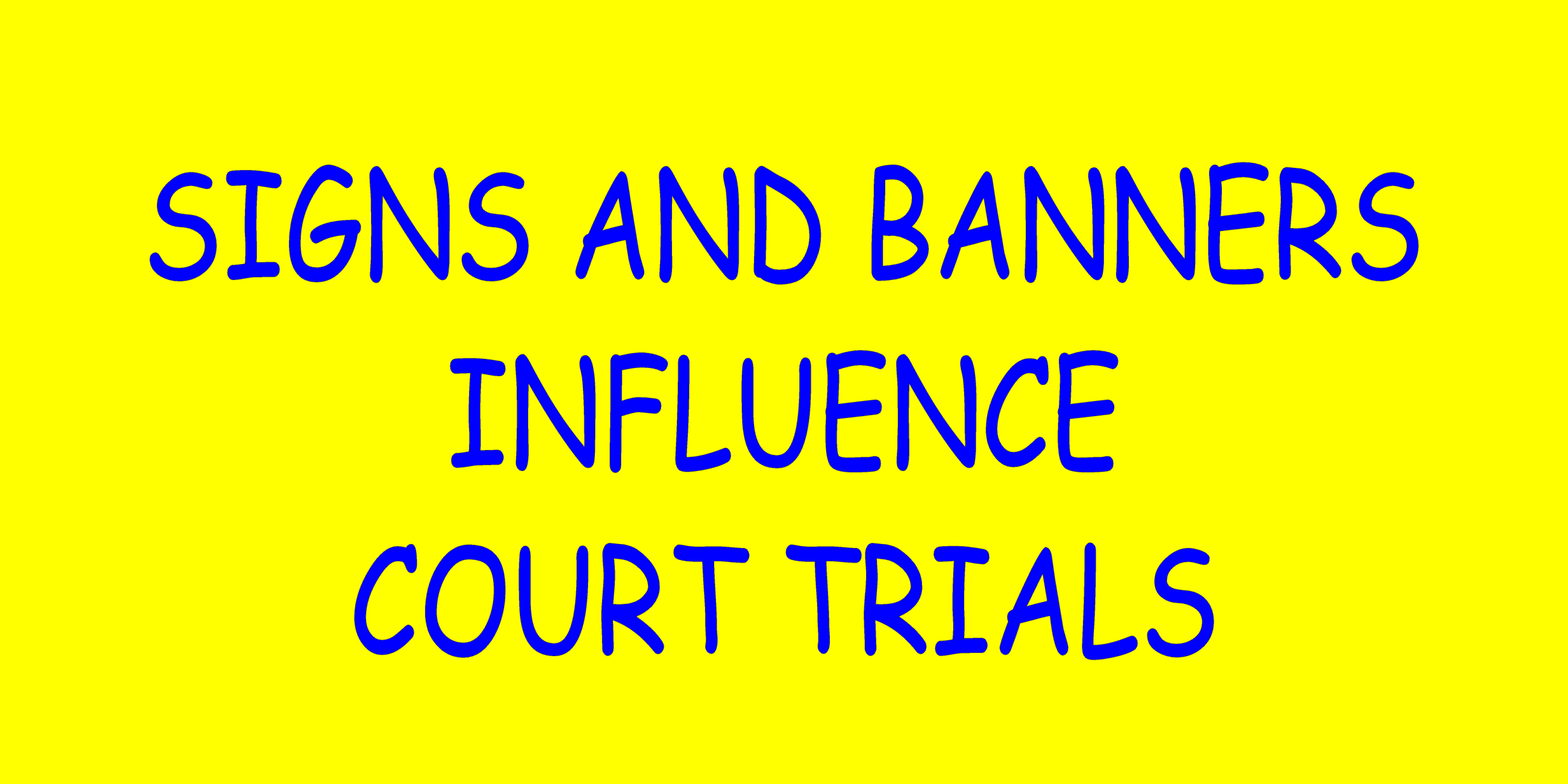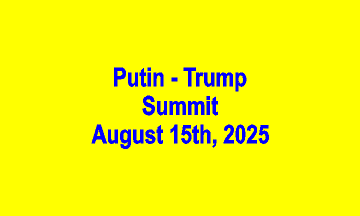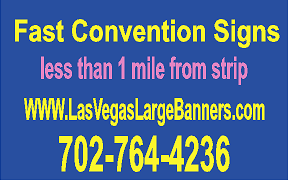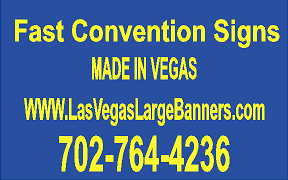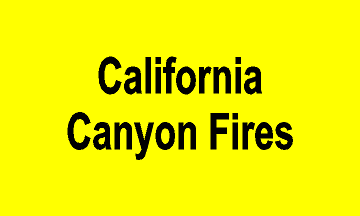The recent Diddy trial verdict brought a wave of media and public attention. Signs and banners played a crucial role. These signs helped control the crowd, guide attendees, and share public opinions. Outside the courthouse, dozens of protestors held custom printed signs. Many banners featured bold phrases demanding justice or support for the rap mogul.
The most popular signs were large vinyl banners and handheld poster boards. Reporters used directional signs to manage media staging areas. Others used signs to show solidarity or demand accountability. These verdict signs became media focal points for national coverage. Custom signage always becomes central at high-profile court events.
Courthouse steps became a billboard for free speech and advocacy. Supporters printed signs reading “We Stand With Diddy” while critics showed “Silence Is Guilt.” Both sides displayed impactful signage using bright colors and big fonts. Protestors relied on foam board signs and corrugated plastic posters. Media teams used step-and-repeat backdrops featuring case hashtags for interviews.
Large mesh banners lined nearby fences. The public used sidewalk signage to mark protest zones. Every sign sent a message. Whether for protest, media organization, or public voice, signs helped shape the verdict’s narrative.
Types of Signs Used During High-Profile Trials
The Diddy trial saw a variety of signs in use. Each served a specific function during the verdict announcement. Protest signs made from foam board offered portability and clarity. They were ideal for holding during long courthouse gatherings. Protestors often used double-sided printing to maximize visibility from both directions.
Banner signs were more permanent and grabbed more attention. Vinyl banners were draped over barricades and fences. Mesh banners allowed airflow and worked well in windy courthouse plazas. These were ideal for longer messages like quotes or statements. A group of activists printed “Justice for Survivors” banners in red and white.
Crowd control signage also appeared around courthouse areas. Law enforcement used directional signage to guide traffic. “Authorized Personnel Only” signs helped separate the press from the public. The city posted temporary metal signs for restricted zones. These signs helped maintain order and reduce chaos.
Branded media signage was also present. News agencies used custom retractable banners at press stations. These included logos, microphones, and broadcast details. Courthouse staff used simple laminated signs for room numbers and entry points. Together, these signage types created a highly controlled public event.
Media Signage Dominated Public Areas
The media response to the Diddy verdict was huge. Reporters from around the country descended on the courthouse. To manage the volume, crews used organized signage. These included tripod signs reading “Live Shot Zone” and “Quiet – Recording in Progress.” Reporters needed a space to record interviews, and signage carved out those areas.
Step-and-repeat banners featured the station’s name and live coverage hashtags. Portable backdrop signs were used for nightly news segments. These were set up on sidewalks and in courthouse lobbies. Reporters also used whiteboards to list upcoming legal developments. Signs helped maintain order and gave reporters a professional look.
Inside the building, news media used nameplate signs to mark press seats. These were printed and laminated in advance. Local police added metal “Press Only” signs at courtroom doors. Event management companies used collapsible aluminum signage frames for mobile interviews. These signage options created efficiency in a very chaotic environment.
Press pass stations used folding A-frame signs to direct journalists to registration booths. Without these signs, large crowds would bottleneck. Good signage made the coverage possible. Signs made information clear and quick to follow for reporters and the public. With so many eyes on the case, signage consistency mattered.
Diddy verdict Signs and Banners Gave Voice to the Public
The Diddy verdict sparked emotional reactions from both supporters and critics. Signage became a powerful outlet for public expression. Protestors brought custom posters printed with impactful messages. Popular slogans included “Believe Survivors,” “Accountability Now,” and “No One Is Above The Law.” Signs gave voice to people who felt unheard in the legal system.
Corrugated plastic signs with printed graphics held up well under heat and wind. Protest organizers distributed signs to participants before the event. Many signs featured Diddy’s photo with red X marks or hearts, depending on the stance. Protesters also brought handmade signs using markers and cardboard. These raw signs had emotional power.
Social justice groups displayed large cloth banners. Some stretched ten feet wide with bold block letters. These banners were tied to nearby fences and trees. Flags and pennants added to the scene. Some used poster tubes to bring large signs into the venue without damage. Signs kept the protest visual and focused.
Digital signs also appeared via mobile billboard trucks. These LED screens displayed looping messages throughout the day. Some played music videos or quotes from the trial. These high-tech signs were eye-catching and informative. Protest signage—both digital and traditional—played a key role in shaping public opinion.
Conclusion: Signage Is Essential for Verdict Events
High-profile verdicts like Diddy’s always attract large crowds. Signage becomes essential in organizing these events. From handheld protest signs to large-scale banners, every piece of signage adds structure and meaning. Protesters, media, and authorities all rely on signs to guide, inform, and influence.
Whether printed foam boards, mesh banners, or digital LED screens, signage turns courthouse grounds into a communication platform. Diddy verdict signs showed that printed visuals still hold incredible power. Signs inform. Signs inspire. And during trials, signs tell the story no one else can.

